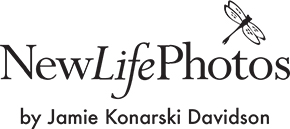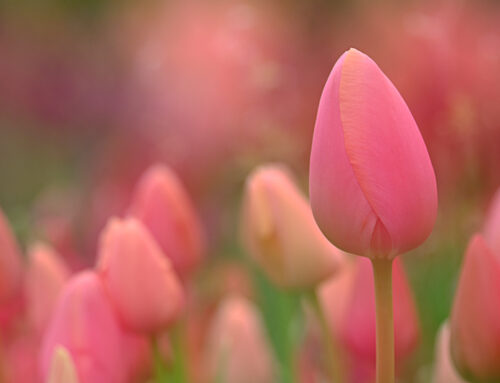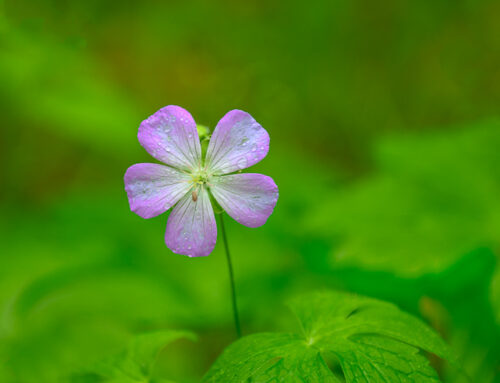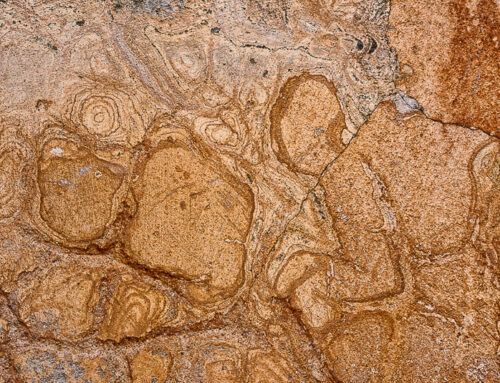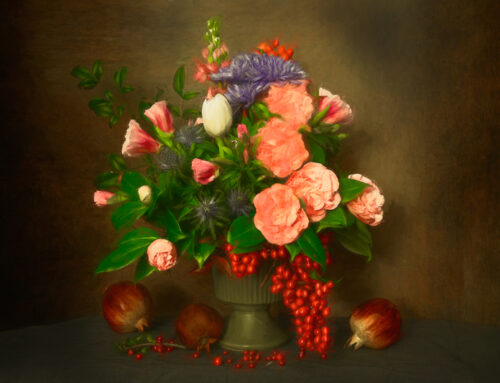Most artists look for something fresh to paint; frankly I find that boring. For me, it is much more exciting to find fresh meaning in something familiar.
– Andrew Wyeth
We don’t always know immediately why certain things resonate within us. Maybe we have an inkling of a clue or a feeling, but not a clear, decisive explanation until whatever it is marinates enough in our minds. That’s what happens to me every time I expose myself to something new, especially in the world of art. Dare I say a new muse appears in the process that inspires insights and new work or helps me to understand the old.
WHAT MAKES US CHOOSE WHAT WE PHOTOGRAPH?
For as long as I have been photographing, the rural landscape, with its farms, fields, barns, tractors, tools and all that goes with it, has been calling to me. At one time, I referred to this as the Romance of the Rural Landscape. I always stop for those things. I watch the wheat as it moves in the fields with the wind. I will turn around for an aging barn or a still useful rusting tractor. I will choose the backroads over the interstates every single time unless I have a strict arrival deadline to meet.
I wander through antique and vintage shops searching for things that remind me of simpler times that go back to my childhood and even further into the youth of my parents and grandparents. My father was raised on a farm, the youngest of the family. His father immigrated to America from Poland. His side of my family was very much connected to the land and a life of hard work. My mother’s father was a linotype operator, first in Queens, NY, and later on the North Fork of Long Island. Growing up, we hung our clothes out on the line and spent a lot of time outdoors exploring. Things that catch my attention in these antique shops include old oil cans, small milk bottles and mason jars, hand tools, wooden clothes pins, and printer boxes with letters for old presses.
My maternal grandmother loved to “collect” stuff (lots of it), but my favorite was her collection of salt & pepper shakers. At every dinner we had there growing up, my sisters and I got to choose our own set from the china closet. Yes, I collect those, too. Seems that many of the items I collect and the subjects I shoot have either a close or extended relation to the memories of my childhood. As I look back on my images and consider my family history, a few pieces of the puzzle as to why I stop for old stuff and why I choose them for making images make more sense.
The old things bring me back to a different time. They bring me home, as it will ever remain for me in my mind. In some way, these things are touchstones, allowing me to temporarily time travel.
How would I see those ordinary things that were part of our everyday life? How would I see the metal milk box with notes stuck in the bottles, the clothesline we used almost every day, the sewing machine on which my mother not only made most of our clothes, but also taught us all how to sew? The last explains my interest in finding wooden spools of thread and vintage thimbles. At this stage of my life, with and without the camera, these things are seen with more romance than reality. I see them through the eyes of a poet, a writer, photographer, and a daughter.
TIME WITH THE WYETHS AND A KUERNER
Apparently, in April, it was time for me to spend some time with three generations of the Wyeth family and learn about the Kuerners and the farms in Chadds Ford, Pennsylvania. Before finishing up a workshop at Longwood Gardens, I learned of the Brandywine Conservancy & Art Museum and exhibits that allowed me the opportunity to observe and absorb the works of Andrew Wyeth, N.C. Wyeth (Andrew’s father) and Jamie Wyeth (Andrew’s son). I did so with these eyes I refer to above along with my own memories. I was not expecting to be greatly influenced as I learned the stories of each Wyeth. Until recently, and only after my visit, I knew very little about them and feel I have barely scratched the surface of what there is to learn, even after reading several books and watching interviews of Andrew and others related to him.
One thing I learned that struck me was that Andrew was not a world traveler. He was perfectly content to spend his days either in Chadds Ford or the Wyeth home in coastal Maine and did so his entire life. He preferred to spend his time on the farm or in the studio, exploring and painting. The Kuerner farm played a large role in his painting and the Wyeth-Kuerner connection fostered another painter/artist, Karl J. Kuerner. Karl’s work was also included in this recent exhibit, and a number of images greatly resonated with me. The love of the rural landscape, the details and moments close to home were found in many of the paintings. While I enjoyed the works themselves, I gained much insight reading the descriptions to the side of each one. The words helped me understand the art and learn more about the artists.
BEING INFLUENCED
I am not, will never be, nor would I ever aspire to be another Andrew Wyeth (impossible), but I can learn from his work, his life and words and from those of other artists and writers in ways that show a tiny sliver of influence by having spent time with him by way of his art. We are all influenced by whatever we experience. From the Wyeths, in part, I can relate to having strong connections to the ordinary and familiar, to capturing pieces of cultural history that is fading and my own need to preserve it. It’s not so much about documenting, but rather honoring the object, the scene, the experience, and the temporal nature of it all.
What shines brightly in the springtime is gone by the time summer is ushered in. The bones of winter will not be seen again for another year. The leaning old barn becomes a pile of rubble to be cleared, leaving no evidence that it existed except in an image or painting. The farms fade or disappear – which sadly and often opens the door to development. History of all kinds and special places are lost. The farm of my father’s youth is gone. My childhood home as I remember it – while still there, will never be the same. So much is not as it was. If not preserved in print or paint, how do we remember? What will remain when we are gone?
Something I loved about the works of Andrew Wyeth and Karl Kuerner was all the small but important details included in the scenes that told some of the story of the land, the times, and what mattered enough to be included. It included things like a banged-up bucket, a broom, an orange-handled axe, a pair of shoes, and so on.
Some things surprised me. In Wyeth’s “Night Sleeper,” which features a large tan dog sleeping against a colorful pillow below two windows, it was not the dog that I saw first. It was the two large millstones leaning against the stone building through one of the windows. In many of his paintings, it was clear, to me, that the windows, shadows and light were important. In many scenes, I sensed simplicity and quietness. The more muted color palette of many of Wyeth’s tempera paintings drew me in as much or even more than the textures and details. In Kuerner’s “Caught in Between,” it was the shot glass containing amber liquid on the cracked mantle that drew me in, not the tall, skinny door that was “caught” in between two large mantels. I’m certain this was intentional, or the glass would not have been there.
SO, WHAT HAPPENS NEXT?
I wondered how my visit to the Wyeth exhibit would influence how I might photograph certain things. It gave me an opportunity to see up close the brush strokes that made the whole – always fascinating. I was able to observe life through Wyeth and Kuerner’s eyes, minds and lives and experience a sense of connection. The visit helped me connect a few more dots as to why certain subjects are more than just interesting to me. It deepened my appreciation for the slower pace in the process of observing and creating my own art. I always say how important it is to slow down, to pay attention, to notice.
I can see the attraction to times of old in much of what I photograph. I spent some time recently in a nearly cleared out brick kitchen – ages old – at Pharsalia in Tyro, Virginia, and felt the influence of my time with the works of Andrew Wyeth and Karl J. Kuerner. I saw the few items left in the room in a different light. I photographed them in a way that I probably would not have without having learned more about Wyeth and Kuerner and their art. In April I found a muse that inspired me in the brick kitchen in May.
The more we feed our minds on the works of others – in all genres of art, literature, music, for starters – the deeper our well of inspiration gets to help us grow in our own art. I am certain I would not have made several of these newer images had I not taken the time to curate the almost two hours of art before making the eight-hour drive home from Chadds Ford to North Carolina. Every single time I expose myself to new art – even if it’s not my “cup of tea” – I am adding to my inspiration resources. I am adding to my “muse collection.”
I encourage you to do the same – visit a local art exhibit. Listen to a new genre of music. Learn about the artists. You don’t have to like everything, but everything you learn and experience helps you expand and strengthen your own creative voice. Explore different ways to express your subjects. You will often be surprised at how differently you see the ordinary by exploring how others do the same.
(If you’re wondering how you might discover some of your own muses, consider joining me and Mary Presson Roberts in July for Meet Your Muse in Raleigh. )
